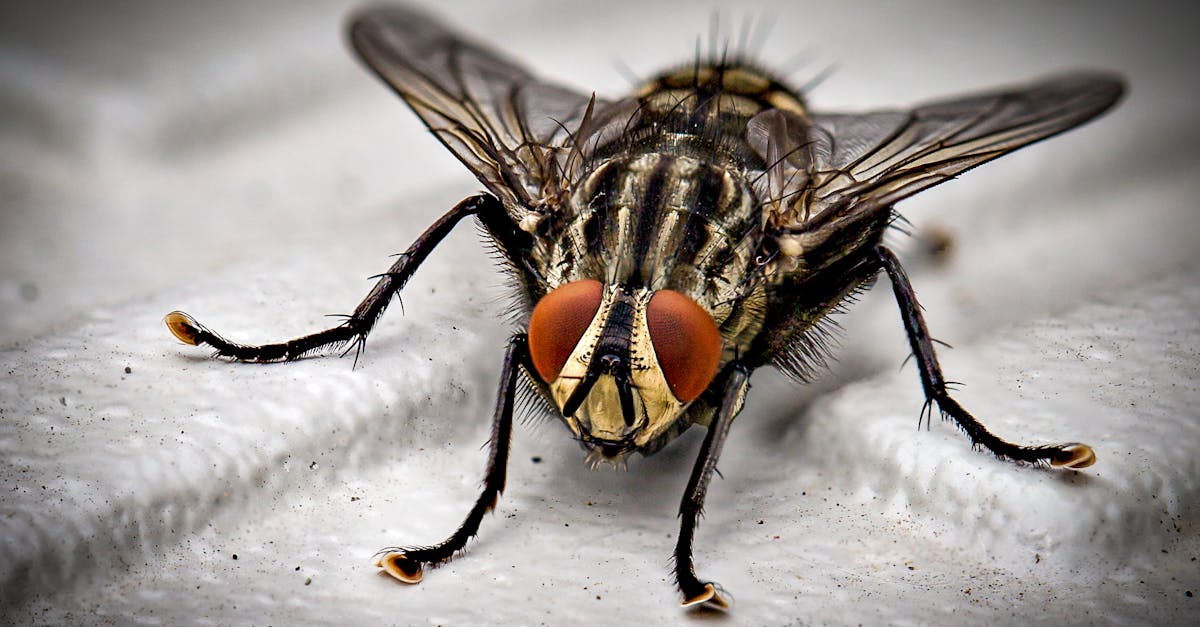
Canberra Pest Control
Table Of Contents
In the bustling heart of Australia's capital, maintaining a pristine workspace is essential for productivity and employee wellbeing. This necessity calls for an unwavering commitment to a clean and sanitary environment, which often entails seeking professional assistance. One crucial aspect of this is Pest Control Canberra For Offices, a service that has become increasingly sought after as businesses aim to safeguard their premises from unwanted intruders. By investing in a reliable pest control solution, companies can create an atmosphere conducive to work while protecting their reputation.
The presence of pests in any workspace can not only disrupt daily operations but also lead to potential health risks for employees and clients alike. Consequently, implementing effective pest control canberra for offices is imperative for maintaining a safe and welcoming environment. With the right expertise and strategies in place, businesses can address pest issues before they escalate, ensuring the longevity of both the office space and the wellbeing of those who inhabit it.
Preventative Steps to Insect Control around the ACT
Adopting preventative actions in insect management is vital to promoting an safe area around the ACT. Consistent assessments in the premises can assist detect potential pest issues before they turning into a more significant problem.
Ensuring the organised living area remains another important step in stopping termites. Sealing gaps around walls as well as doors may lessen entry ways to termites. Maintaining items in airtight packages in addition assists in stop uninvited guests.
Effective Methods to Keep the Home Insectfree
Keeping the property pest-free is crucial for the safety of the residents and the integrity of the building. Routine cleaning serves as a key method to prevent termites from taking home in the space. Eliminating food sources and sealing waste is properly stored can significantly minimise the appeal for harmful pests.
An additional way to keep the property pest-free includes closing all cracks like ventilation openings and basements. This might help in deterring termites from entering the indoor spaces. Employing organic deterrents can also enhance the initiatives in keeping a pest-free home. Adding these actions can lead to a more enjoyable indoor space for everyone.
Selecting a Best Insect Control Company in the ACT
When it comes to termite infestations, finding a best management company in the ACT becomes essential. Search for providers that possess knowledge in treating local termite issues. Review their credentials and confirm they are accredited to operate in the area. Going through client testimonials can also provide insight into their effectiveness.
Additionally, consider the range of services they provide. Such service that covers a variety of termite infestations can prove to be more convenient for your needs. Inquire about their methods and if they utilise environmentally safe options. Such a method not only benefits the environment but also ensures the safety of your family and pets. Dedicating the effort to select the best termite management service can lead to a pest-free home.
Important Considerations to Consider When Hiring a Insect Management Provider
When looking for a pest control service, it is crucial to consider about their expertise in the field. Ask about how long they have been in the industry and if they have managed similar pest issues in the past. Understanding their techniques to pest control can provide insights into their effectiveness.
Another crucial aspect to consider is the type of chemicals they use for management. Make sure that they employ eco-friendly options, especially if you have children at home. Furthermore, request whether they are licensed and insured. This provides peace of mind that you are working with a trustworthy service that complies with industry standards.
Common Termites Found in the ACT and Ways to Control Them
In the ACT, typical termites include spiders and silverfish. Such insects can create significant challenges for property owners if not treated promptly. Cockroaches are known for their resilience and can contaminate food sources, while ants often enter kitchens in search of crumbs. Termites are particularly destructive, as they can cause severe damage to buildings over time.
To control these termites, it is essential to implement a range of control strategies. Regular evaluations by a certified pest control service can aid in identifying potential infestations before they become serious. Homeowners can also minimise access points by sealing cracks and ensuring that edibles are stored properly. For termites, using chemical treatments may be necessary to protect structures from damage.
Exploring Behaviour of Typical Insects in the ACT
Exploring the behaviour of frequent pests in the ACT is important for effective management strategies. Various species of pests thrive in the region, each with specific behavioural patterns. For instance includes the common house mouse, which has a quick reproductive rate, allowing populations to grow swiftly. On the other hand, wood-eating insects have a more complex social structure that includes a reproductive female, workers, and soldiers, each fulfilling distinct roles.
Through knowledge of these behaviours, homeowners in the ACT can improve their prevention efforts. For example, knowing when pests are most active can help in planning treatments for maximum effectiveness. Moreover, recognising the signs of activity allows for prompt identification and mitigation before it grows worse. This awareness ultimately enables residents to protect their homes from nuisance pests.